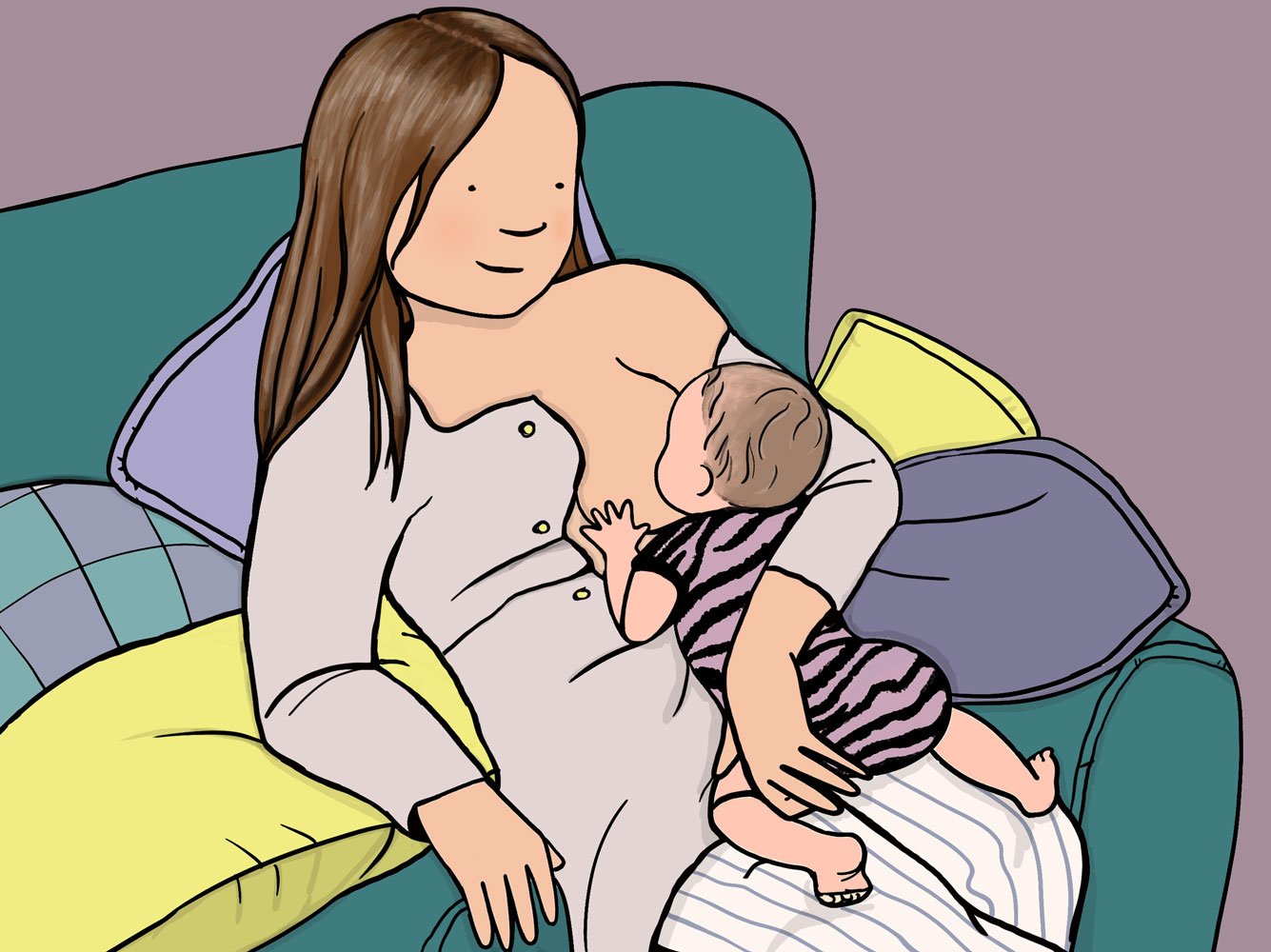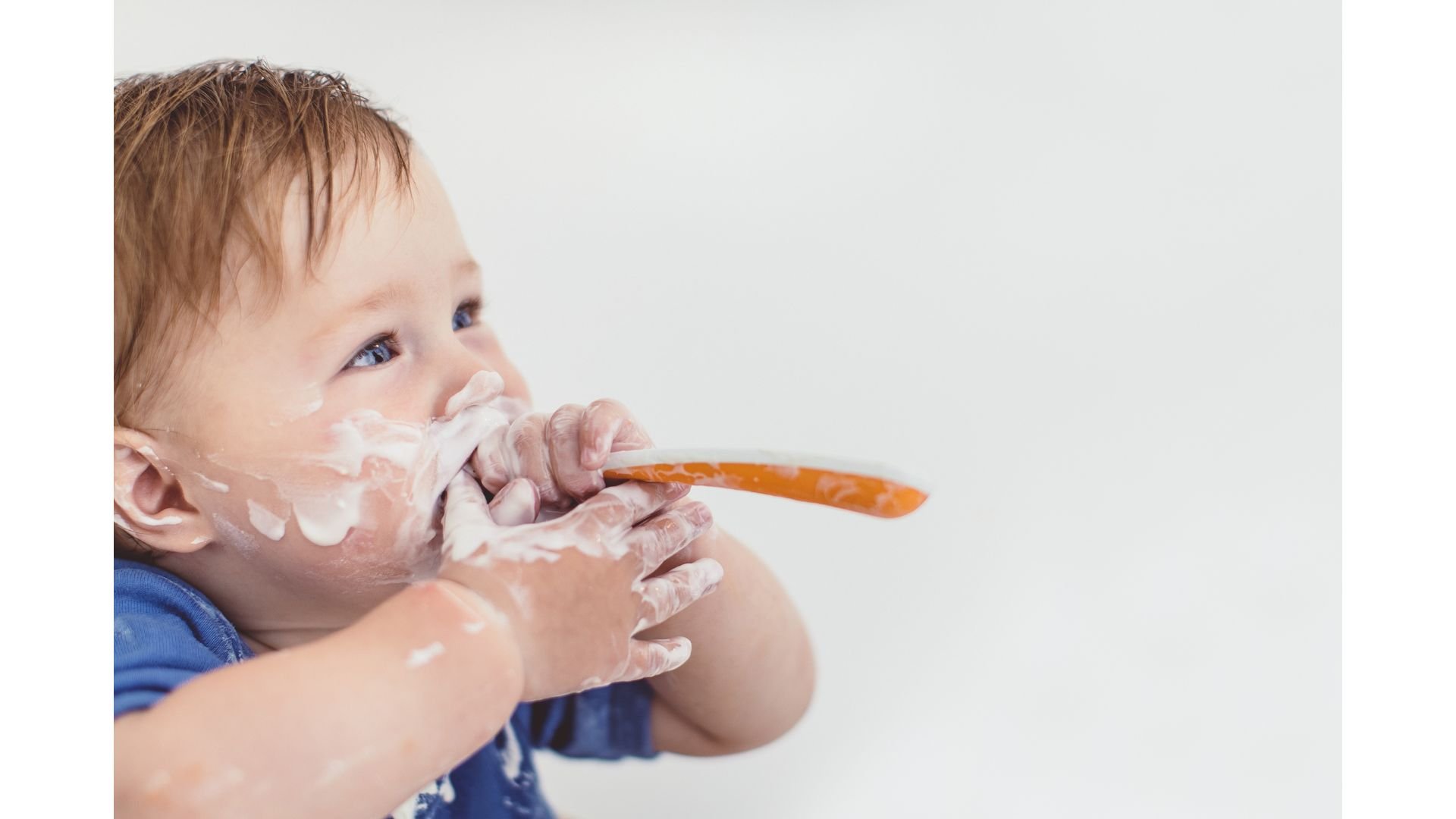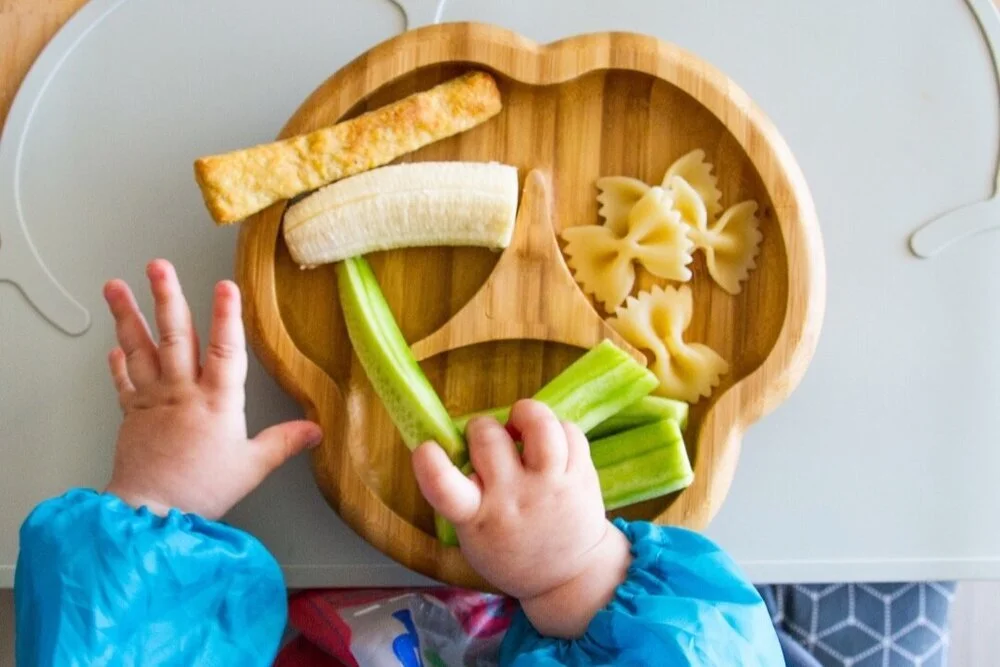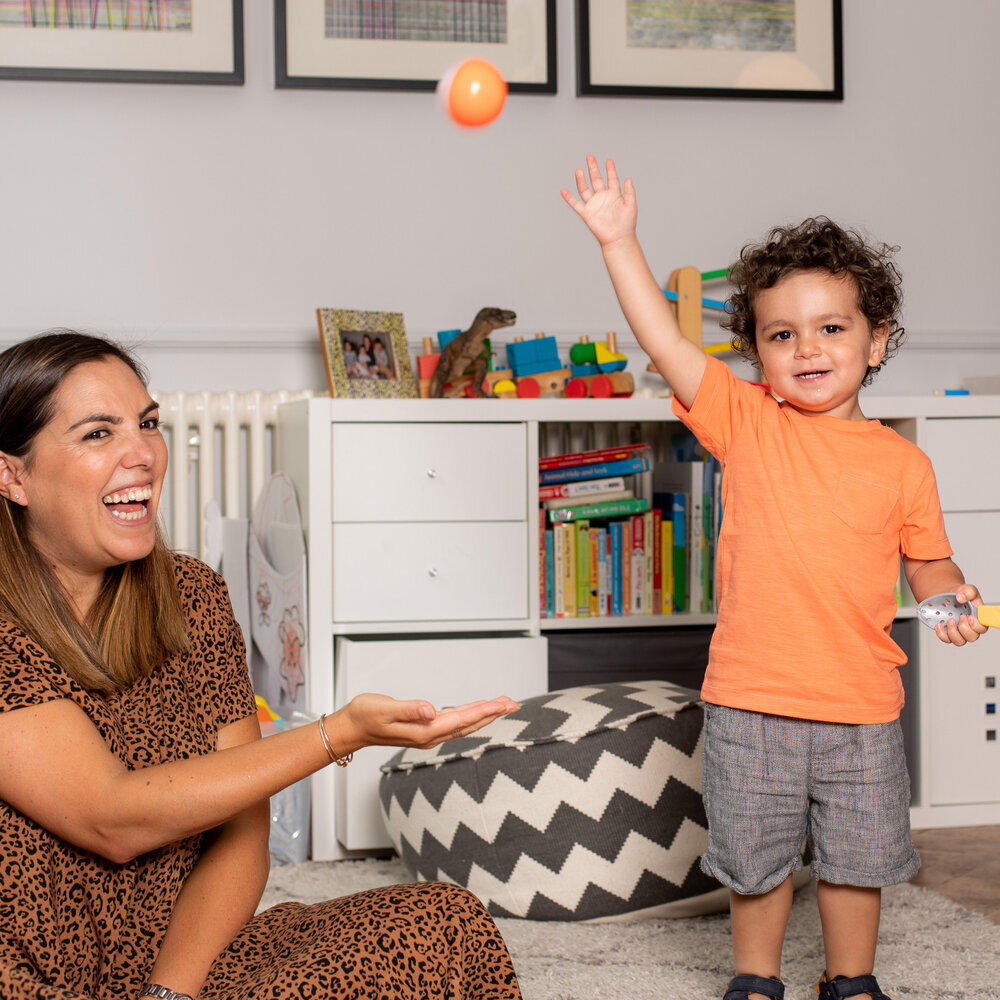Breastfeeding positions
There is no one position to use to breastfeed your baby. What works well for one breastfeeding mother and baby may not work for another. What worked with one of your baby’s may not work for another. In addition, you may find some positions work better for you at different stages of your breastfeeding journey and for different times of the day or night.
Fussy eating and mealtime challenges
Fussy eating is a relatively common phenomenon in children with studies estimating that between 10-30% of preschool and primary school children are picky with their food(1).
Bottle feeding a breastfed baby
Offering a bottle to breastfeeding baby may influence their breastfeeding.
This is not to say that you shouldn’t offer bottles if you want, nor that every baby who is bottle fed go on to develop challenges with breastfeeding. However, I do want to share this information you can introduce bottles in the most protective way in order to continue to breastfeed your baby in the way you want to!
How to tell if breastfeeding your new baby is going well?
In the UK as many as 81% of mothers initiate breastfeeding, however by 6 weeks of life only 55% are still doing any breastfeeding at all. Something is amiss. As a lactation consultant is important for me to empower families in the antenatal period to understand how breastfeeding works, know the practicalities of breastfeeding new-borns and to know how to tell it is going well.
How to start weaning?
Starting solid foods is an exciting time. It is a new phase in your baby’s development one that you understandably want to embrace, but how do you do it? What are the practical steps you need to take?
Why is my breastfeeding baby refusing a bottle?
Bottle refusal in breastfed babies is a common phenomenon and for those families who choose for a bottle to feature as part of their breastfeeding journey it can be highly frustrating to be met with a baby who won’t take the bottle.
Is my baby eating too much solid foods?
Worrying about babies not eating enough is common but so is worrying that your baby may be eating too much? It can be surprising how much some babies can eat in one sitting. Can a baby eat too much? In theory, yes, a baby can eat more food than they need are there are certain factors that may make this more likely.
When to wean your baby?
Starting solid foods can be an exciting yet daunting time for a parent. There is so much information available about weaning but much of it is conflicting, making it hard to figure out the best way to go about it.
Supplemental Nursing System
Colostrum Harvesting or Antenatal Hand Expressing is collecting your colostrum before your baby arrives.
Colostrum is the first milk your body makes for your baby, it’s packed full of calories, antibodies & growth factors.
Antenatal Colostrum Harvesting
Colostrum Harvesting or Antenatal Hand Expressing is collecting your colostrum before your baby arrives.
Colostrum is the first milk your body makes for your baby, it’s packed full of calories, antibodies & growth factors.
Feeding in slings/carriers
Carrying or babywearing is typically used to describe the act of supporting your child on your body using fabric or other means giving you your hands back. Although sometimes you may support them with your hands as well so that is usually called in arms carrying. Essentially carrying is a tool and it is something that can be useful for everyone.
Tips on positive mealtime language for toddlers & children
Fussy eating is a relatively common phenomenon in children and it is widely agreed to be a part of normal toddler development. It tends to start between 12-18 months, peak at around 3 years and then gradually improve for the majority of children.
Breastfeeding and teeth
The effect of teeth on the breastfeeding relationship will very likely vary from day to day. I speak from experience when I say this. I had no awareness of my first erupting teeth and it had no impact on our breastfeeding, however with my second I was very aware, it affected his latch at times and he was prone to biting when teething.
Portion sizes for Weaning
When it comes to knowing how much to food to prepare for your weaning infant, or how much they ‘should’ be eating, many of us are lost. We scour the internet for guidance on portion sizes but can’t find the information. This is because there are no agreed portion sizes for infants.
So what influences how much a weaning baby may eat?
Breastfeeding with large breasts
It’s often assumed that women with larger breasts will produce more milk and that having large breasts is therefore an advantage when you’re breastfeeding. In fact, there’s no correlation between the size of a woman’s breasts and her milk production. Women with larger breasts have more fatty tissue, not more glandular tissue, and the latter is where milk is produced.
Introducing fluids when weaning
A variety of questions come up, when parents are first thinking about starting solid foods with their infants. Lucy has written a very helpful frequently asked questions style blog to address all the things you need know!
Top 10 tips to get your little ones talking
Parent-child interaction has a significant impact on the development of a child's language. There is a positive correlation between the frequency of games, playing, singing and reading and the child’s expressive language.
Here are my ten top tips to promote language:
Iron for babies
I find myself talking about iron to parents a lot of the time in my nutrition practice, but that is because it is such an important nutrient for babies and young children! In this blog I will explain why iron is such a critical nutrient and how to provide enough iron in your baby’s diet.
14 easy food play ideas for babies, toddlers and children
There is so much learning that can happen when children are given opportunities to explore and play with food. When I say ‘food’ I am covering both edible and dried food options too. It’s so important to give children the time and space to explore the sensory properties of different foods and become more comfortable with how it will eventually feel in their mouths. It gives them a context to play with food outside the regular meal times, which I have personally found, eases the pressure and gives my daughter the responsibility to decide whether she wants to have a taste or not.




















